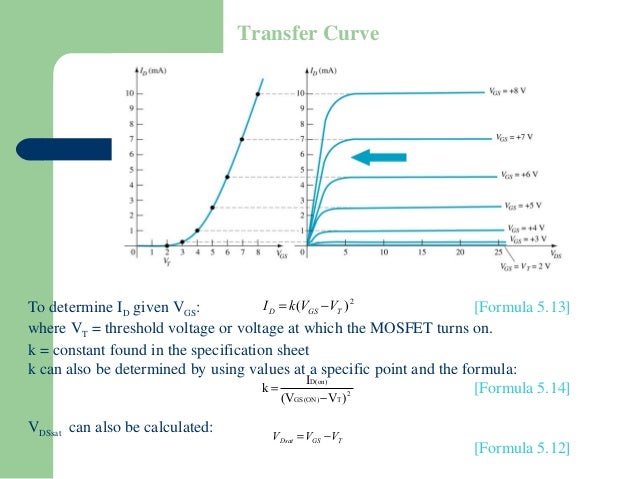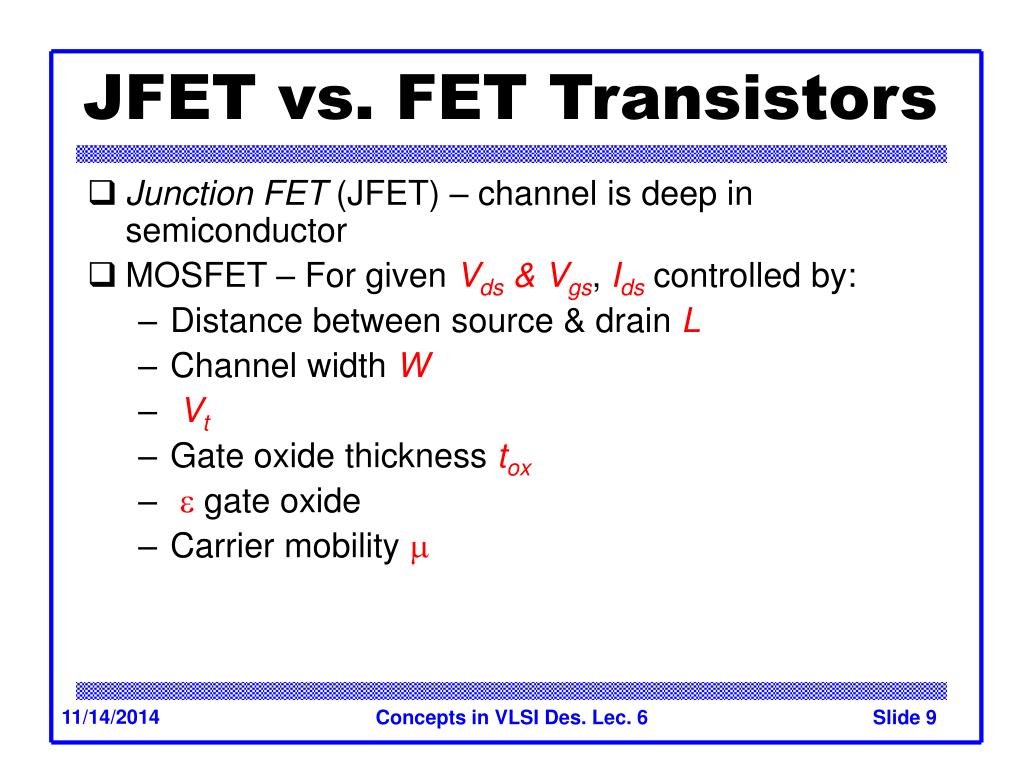

N-channel enhancement MOSFETs are in the “ON” state when a “+ve” (positive) voltage is applied to the gate.P-channel depletion MOSFETs, are in the “OFF” state when a positive voltage is applied to the gate to create the depletion region.N-channel depletion MOSFETs are in the “OFF” state when a negative voltage is applied to the gate to create the depletion region.To turn the P-channel JFET transistor “OFF”, a positive voltage must be applied to the gate.To turn the N-channel JFET transistor “OFF”, a negative voltage must be applied to the gate.MOSFETS can be used as ideal switches due to their very high channel “OFF” resistance, low “ON” resistance.


A transistor can also be used as an electronic switch between its saturation and cut-off regions to control devices such as lamps, motors and solenoids etc.The Collector or output characteristics curves can be used to find either Ib, Ic or β to which a load line can be constructed to determine a suitable operating point, Q with variations in base current determining the operating range.The standard equation for currents flowing in a transistor is given as: I E = I B + I C.The Base-Emitter junction is always forward biased whereas the Collector-Base junction is always reverse biased.Requires a Biasing voltage for AC amplifier operation.The most common transistor connection is the Common Emitter (CE) configuration but Common Base (CB) and Common Collector (CC) are also available.The arrow in a transistor symbol represents conventional current flow.Bipolar junction transistors are “ Current Operated Devices” where a much smaller Base current causes a larger Emitter to Collector current, which themselves are nearly equal, to flow.

There are two main types of bipolar junction transistors, (BJT) the NPN and the PNP transistor.The Bipolar Junction Transistor (BJT) is a three layer device constructed form two semiconductor diode junctions joined together, one forward biased and one reverse biased.Having looked at the construction and operation of NPN and PNP bipolar junctions transistors (BJT’s) as well as field effect transistors (FET’s), both junction and insulated gate, we can summarise the main points of these transistor tutorial as outlined below:


 0 kommentar(er)
0 kommentar(er)
